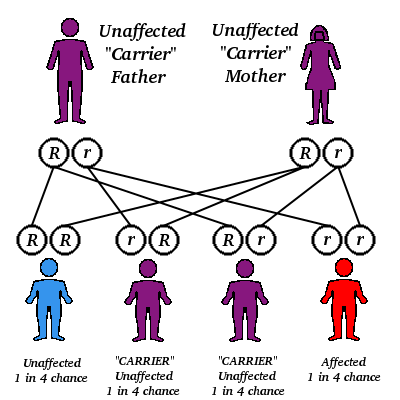The current definitions of the metabolic syndrome focus on the adult population. A specific criterion for early diagnosis in children and adolescents has not been established. Because the best approach for the prevention of metabolic syndrome is early recognition, methods of defining it in young people is necessary.
A cross-sectional investigation was performed to determine the prevalence of the metabolic syndrome among children and adolescents aged 10-18 years from northern Mexico and evaluate a definition for its early diagnosis in the young population. A detailed medical and family history was obtained and physical examination performed for all participants. Prevalence of the metabolic syndrome was estimated according to the National Cholesterol Education Program Adult Treatment Panel III, World Health Organization, American Association of Clinical Endocrinologists (AAACE), and European Group for the Study of Insulin Resistance (EGIR) definitions. Additionally, for developing a metabolic syndrome definition in children and adolescents, the investigators, the Research Group on Diabetes and Chronic Illnesses (REGODCI), modified the adult criteria in accordance with the reference values of the report of the National Cholesterol Education Pediatric Panel, Bloom garden's report on type 2 diabetes in the young, and the updated Task Force report on the diagnosis and management of hypertension in childhood. High blood pressure, obesity, and high triglycerides levels were defined.
Data was analyzed for 965 children and adolescents with an average age of 13.0 [+ or -] 2.6 years and BMI of 23.5 [+ or -] 5.8 kg/[m.sup.2]. Prevalence of the metabolic syndrome, according to the Adult Treatment Panel III, AACE, World Health Organization, EGIR, and REGODCI definitions was 6.5% (95% CI 4.7-7.8), 7.7% (6.0-9.4), 4.5% (3.2-5.8), 3.8% (2.6-5.1), and 7.8% (6.1-9.5), respectively. A total of 697 (72.2%) of subjects were lean; among them at least one family phenotype, one clinical trait, or one abnormal laboratory criterion was identified in 43.8, 21.3, and 20.6%. Sixty-one (8.7%) lean subjects fulfilled the REGDODCI criterion for laboratory test, establishing diagnosis of the metabolic syndrome in 13 (21.3%; 95% CI 11.8-33.7) of them. Additionally, diagnosis of the metabolic syndrome was established in 70 (26.1%; 21.0-31.5) obese children. The number of children and adolescents who were diagnosed with the metabolic syndrome was significantly lower according to the EGIR definition, whereas the AACE and REGDODCI definitions identified the highest prevalence.
This data suggests that the REGODCI definition is successful in screening for the metabolic syndrome in lean and obese children and adolescents, providing an opportunity to establish an early diagnosis in the lean population.
M. Rodriguez-Moran, B. Salazar-Vazquez, R. Violante, et al. Metabolic syndrome among children and adolescents aged 10-18 years. Diabetes Care;27:2516-2517 (October, 2004). [Correspondence: Fernando Guerrero-Romero, MD, PhD, FACP, Siqueiros 225 esq./ Castaneda, 34000 Durango, Durango, Mexico. E-mail: guerrero_romero@hotmail.com].
COPYRIGHT 2004 Frost & Sullivan
COPYRIGHT 2004 Gale Group



